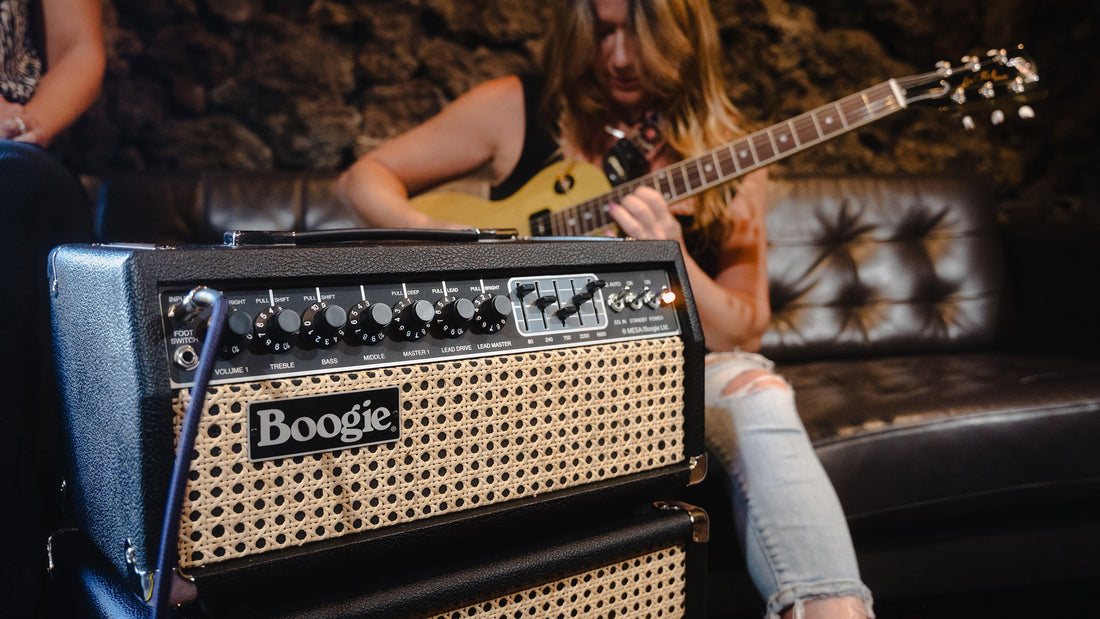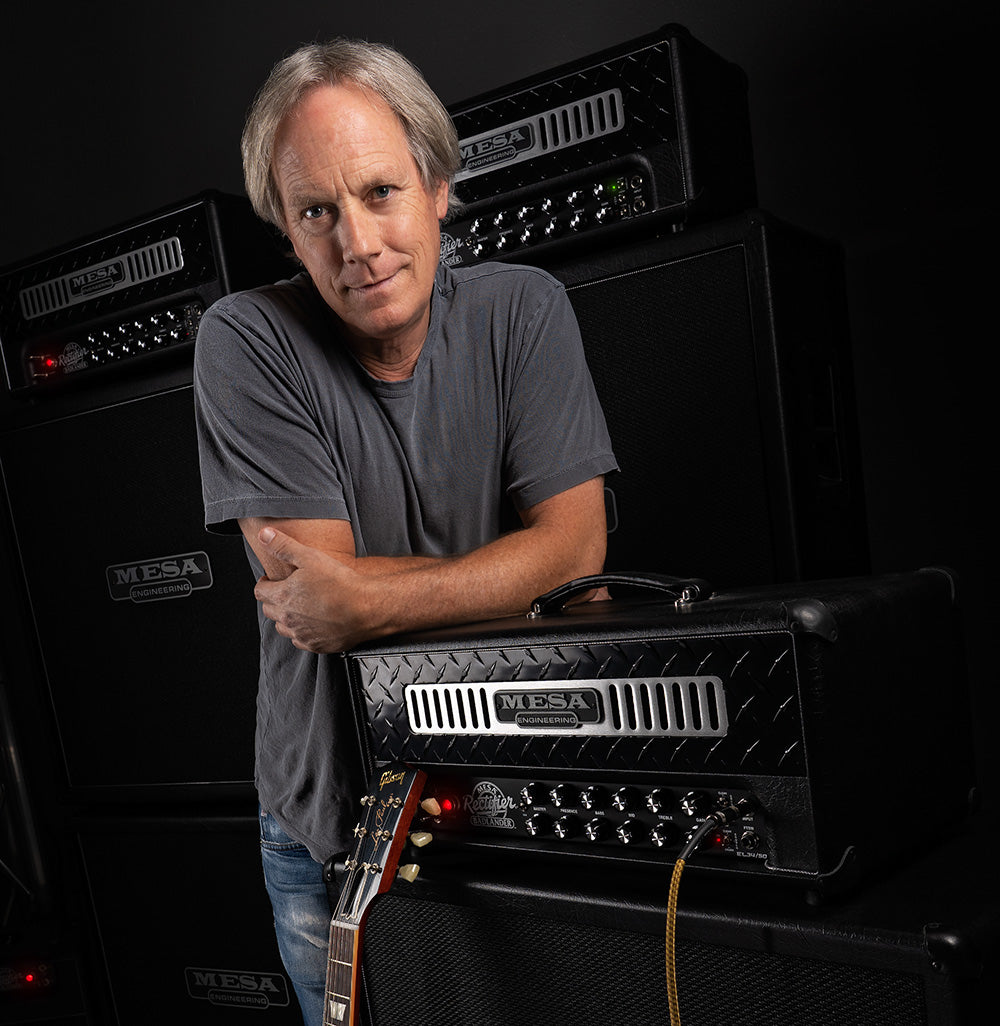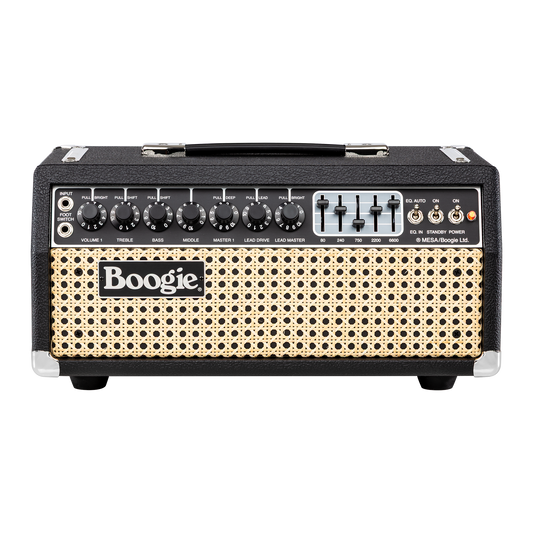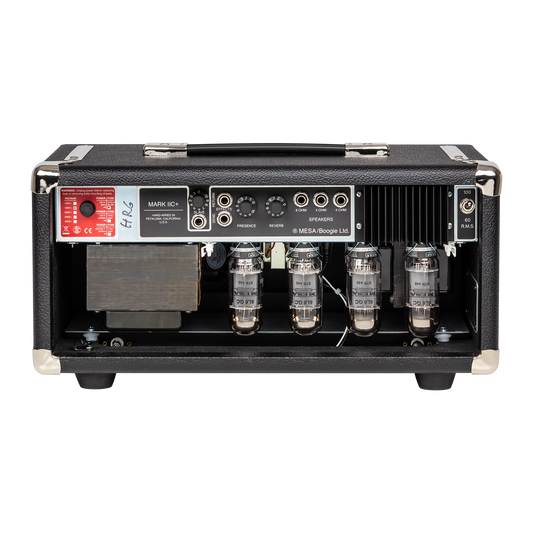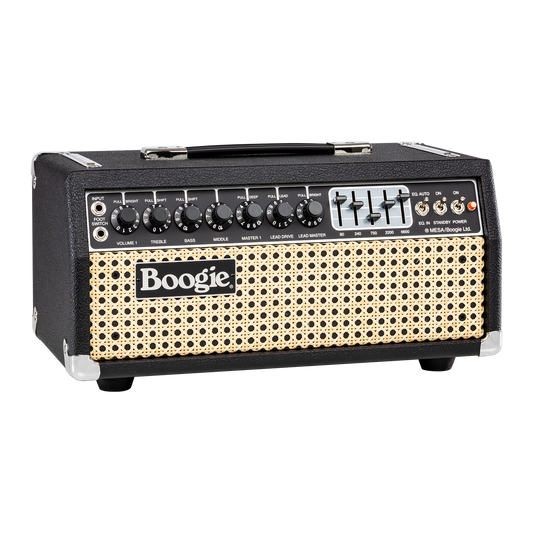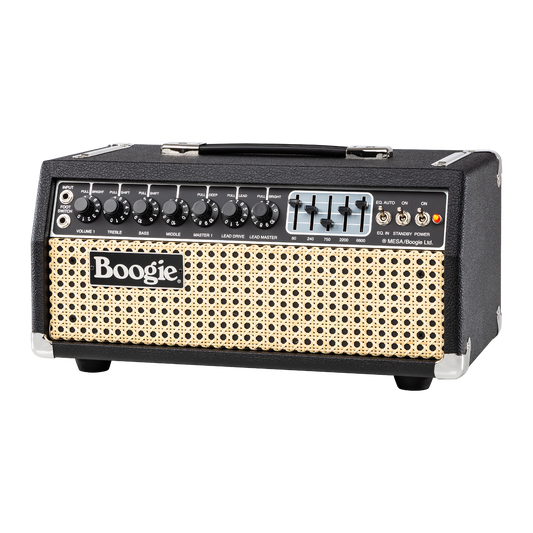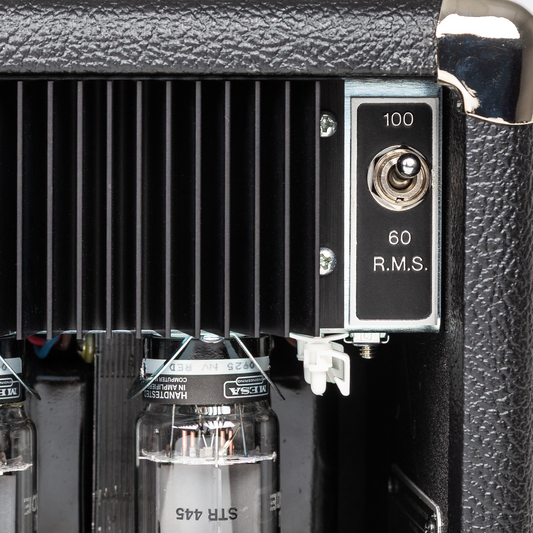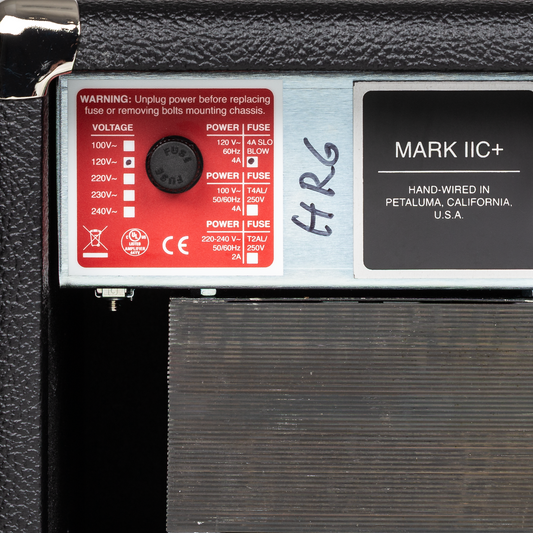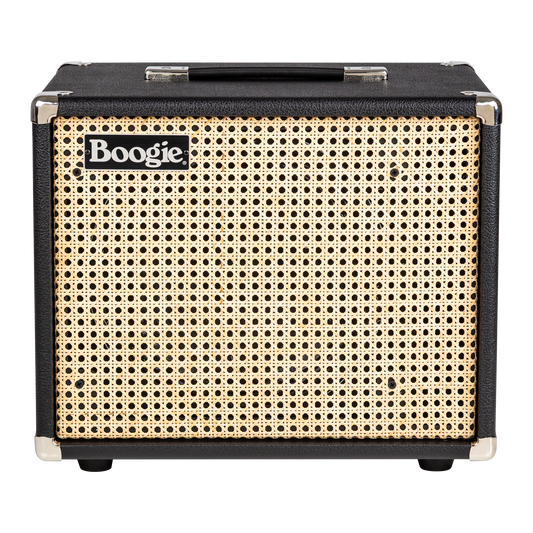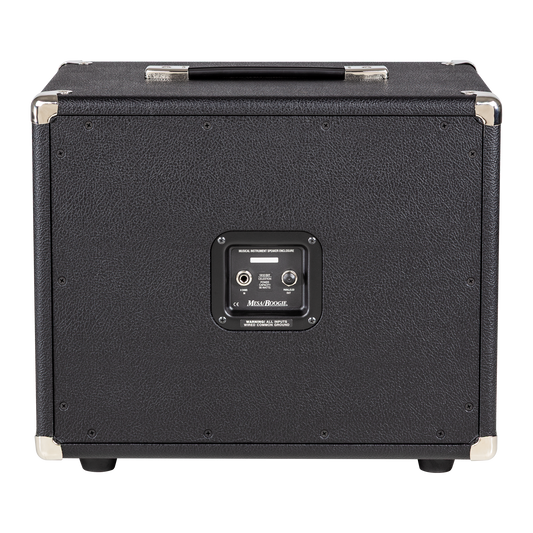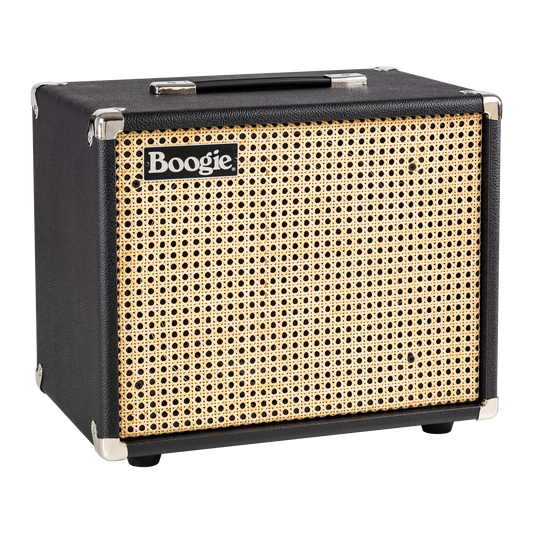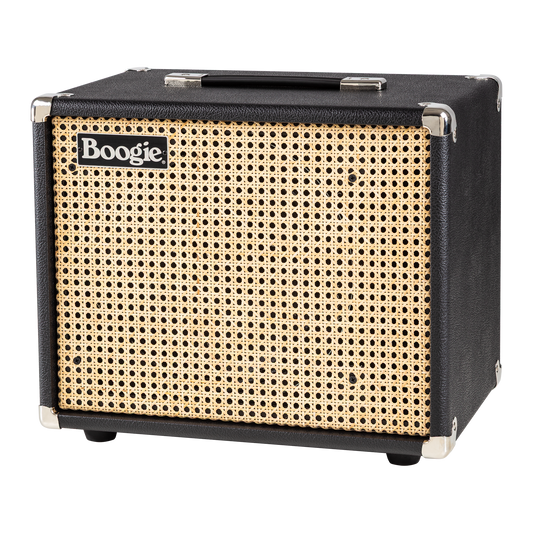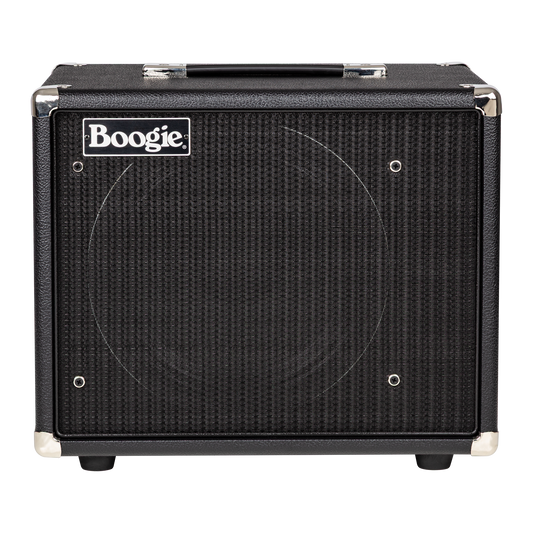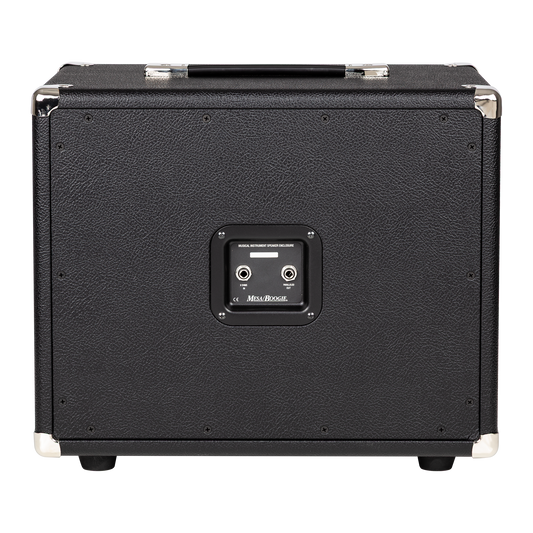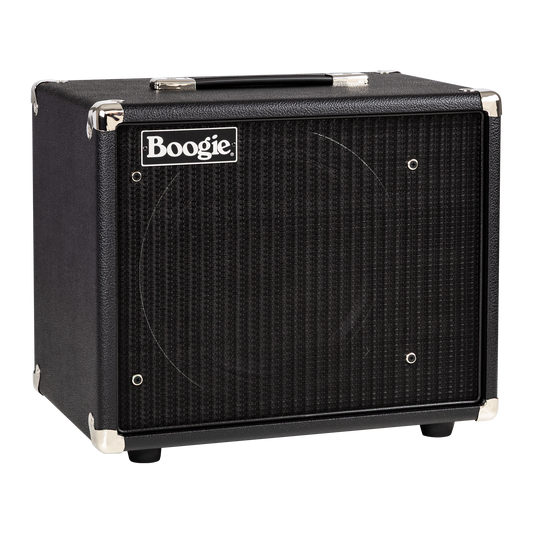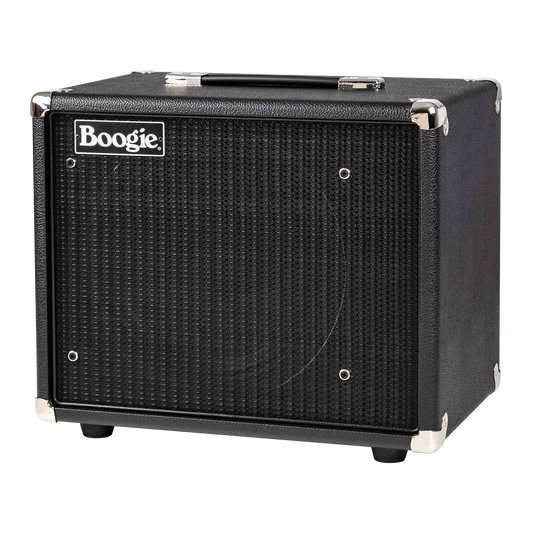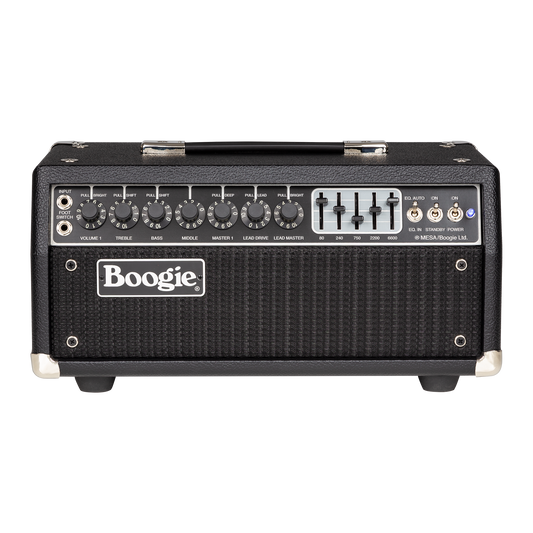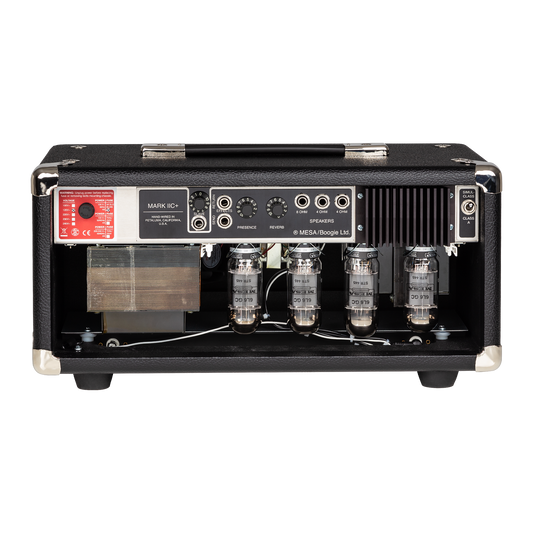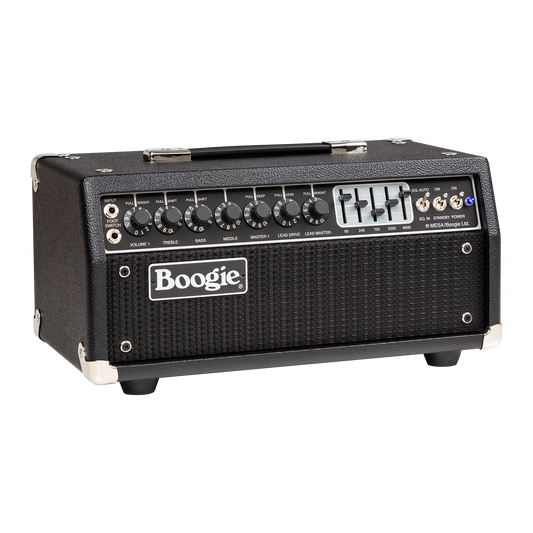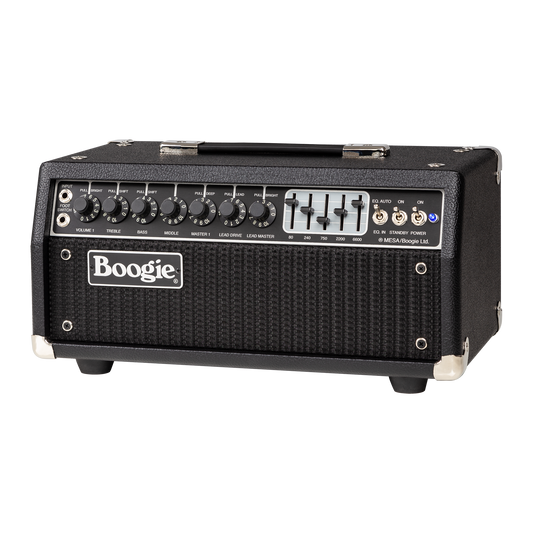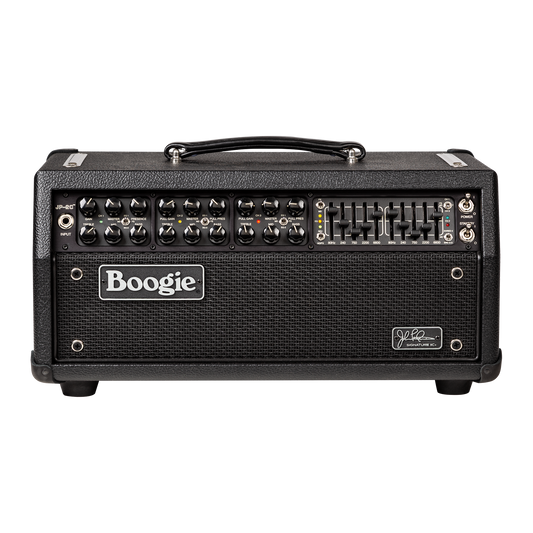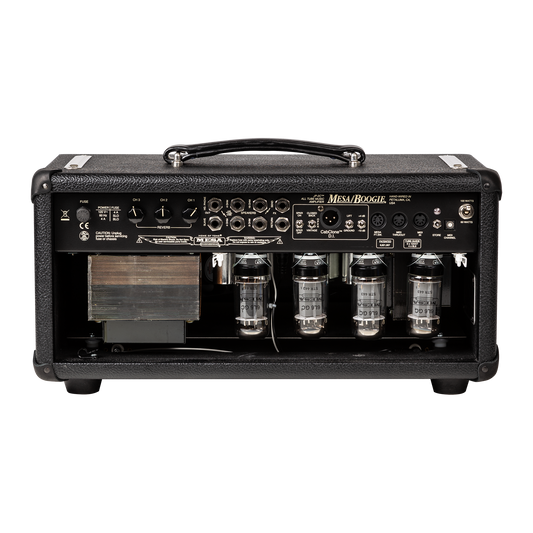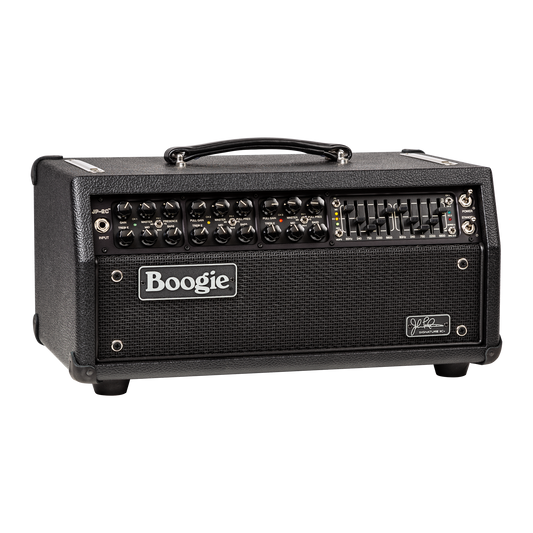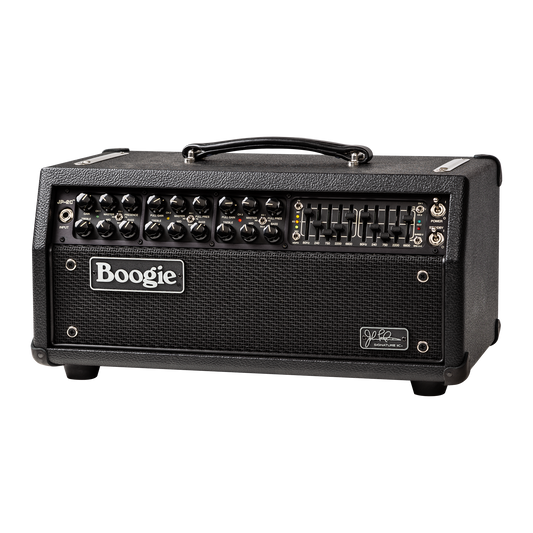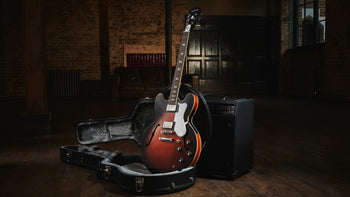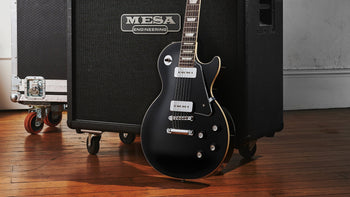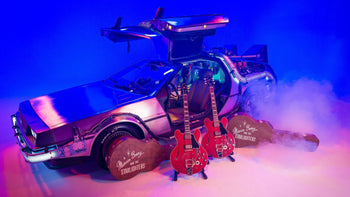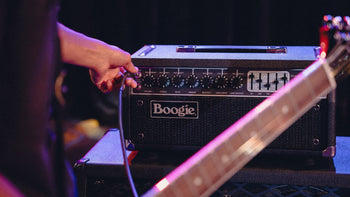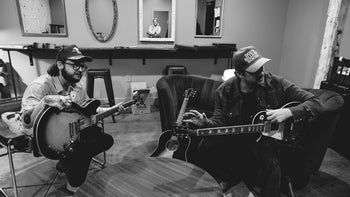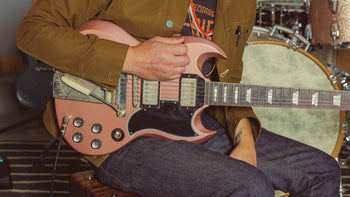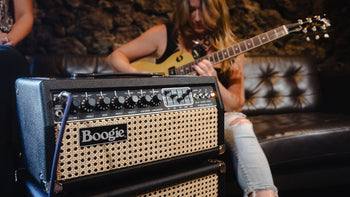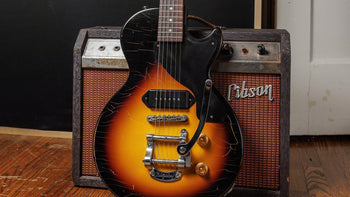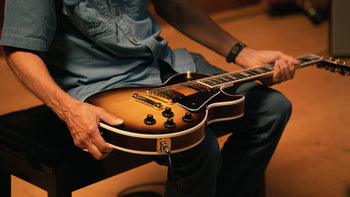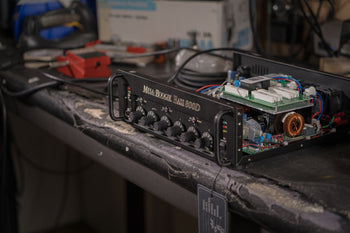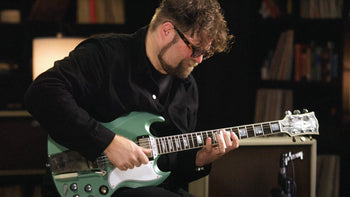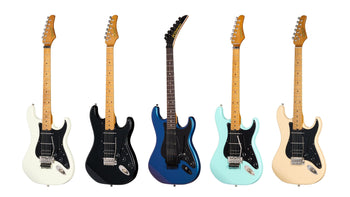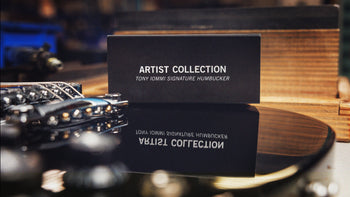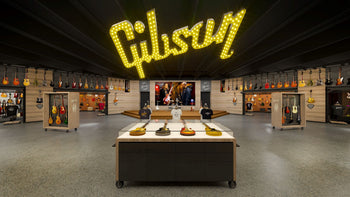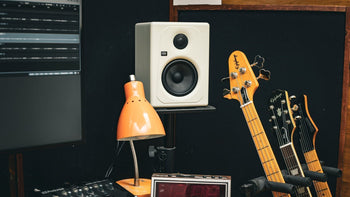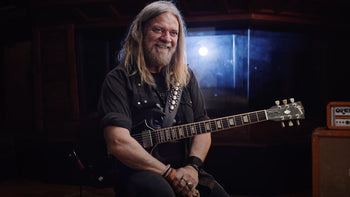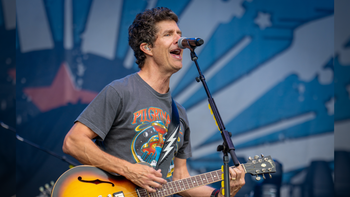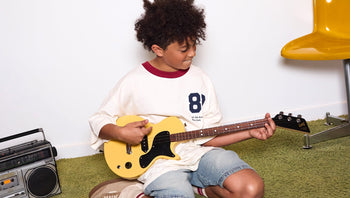MESA/Boogie’s high-headroom classic is back, with heritage-inspired design that captures the soul of the original
Back in the early 1970s, when Randall Smith started building MESA® amplifiers from scratch in his home shop in the redwoods of northwestern Marin County, California, there was only one product from this first boutique brand: the “Boogie®.” This was a stout 60-watt (“SRG”) 1x12 combo or short head and 1x12 extension cabinet for guitar, built up from a menu of options players could choose from for their custom build. These options included 100 watts and four 6L6s (the “H” in HRG), Reverb (the “R” in HRG), and the infamous Boogie five-band graphic equalizer. You guessed it, the “G” in HRG.
The menu continued with more esoteric options like “X,” an all-world export transformer, “W” for exotic hardwood cabinetry with dovetail joinery, and “FC” for a custom-fitted Anvil® flight case. However, it was the fully loaded HRG (Hun/Re/Graph) model that became the buzz for the many stars that had to have them for touring, lest they be the tragically unhip. Later, this also became the nickname for the model vintage Boogie devotees sought most, born out of the letters written on each amp’s chassis side in black magic marker by Randall at his bench.
Now, more than 55 years later, MESA is excited to revisit this classic power section, also on the menu in the mid-1980s during original IIC+ production, and unleash its mighty voice and huge headroom on the world of electric guitar with an anticipated return to production. This model, powered by a quartet of 6L6 tubes, sat alongside the popular Simul-Class™ model of the day, and was somewhat overshadowed by it, but the Hun—as we affectionately call it—traces its roots back to the very first Boogie, and has always had a personality and prowess all its own that is not to be overlooked. This second build is as faithful to the originals as possible today, right down to the amber pilot light that signified their readiness to inspire and engage.
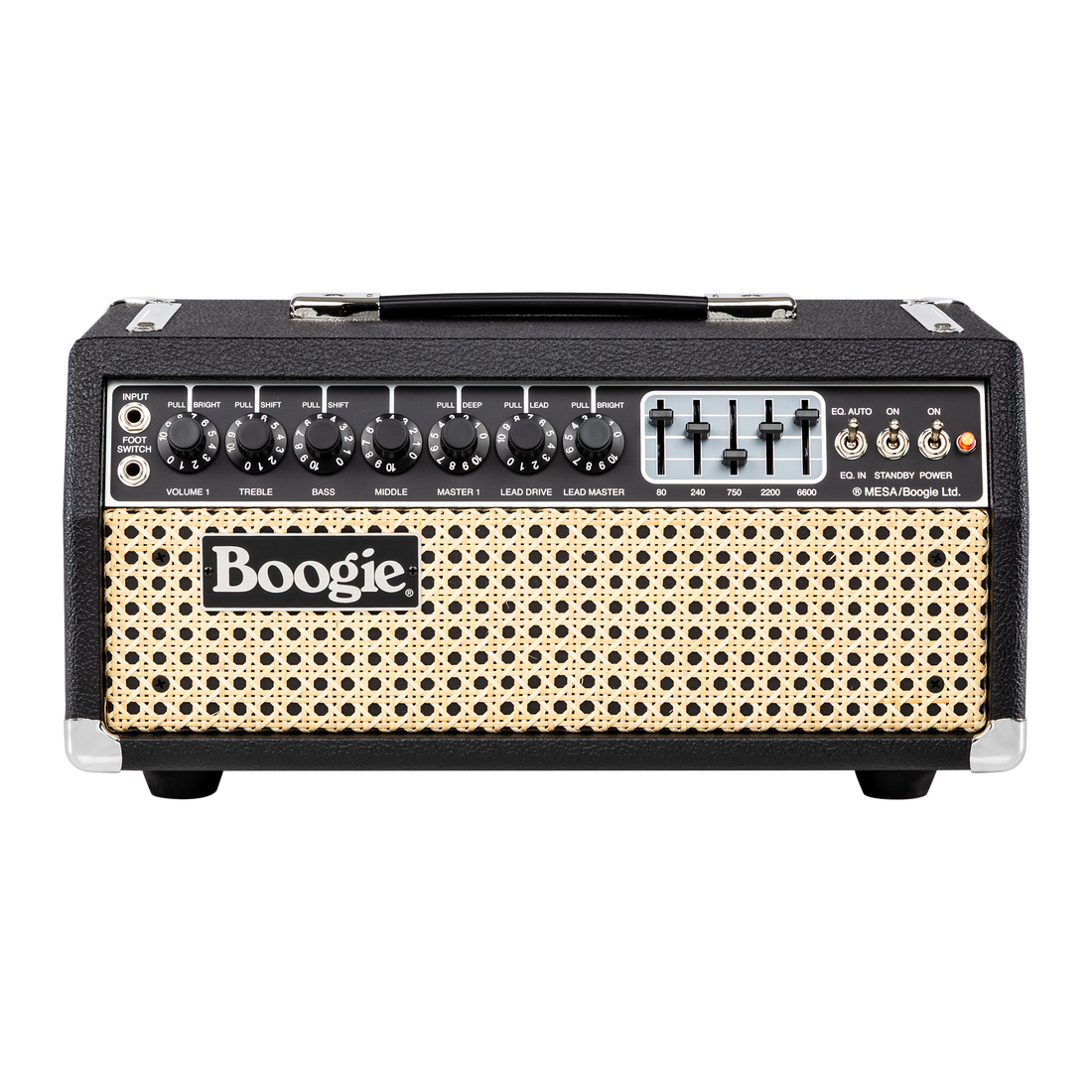
This HRG commands with upscaled power—100 watts of clean, robust headroom, versus approximately 75 watts RMS in the Simul-Class version—and delivers tight-tracking low end, undeniable authority in the midrange, and a top end that’s a bit lower in frequency and more aggressive than its Simul-Class cousin. Favored over the Simul by rock players wanting max aggression and tight lows, jazz heads and funksters for its clean headroom and defined attack, and country pickers for its clear articulation, fast tracking, and brighter-down-lower response in the top end, the Hun rules supreme when the call is the big guns, big headroom, big stages, or a bold voice in a track that has no trouble owning its space in a dense mix.
While both Simul-Class and Hundred versions of the IIC+ share the four 6L6 power tube array and the same hefty power transformer, they each have a dedicated output transformer, and the tube array is wired differently, each for its own intent and individual tone. The Hundred uses a Class AB pentode wiring scheme that delivers its super-efficient, super-powerful brand of headroom and power instantly and with unabashed authority. The Simul-Class model sees the outside pair of 6L6s wired in Class A triode for added warmth and a smoother transition to clip, while the inside pair remains in Class AB pentode for maximum efficiency and cool-running power production. Hence, Simul-Class—simultaneous wiring styles operating in tandem, to soften and pull back the highs, put more envelope in the midrange attack, and voice everything a little more relaxed and sweetened with an element of air around the notes, creating a more three-dimensional landscape and “surround” playing experience.
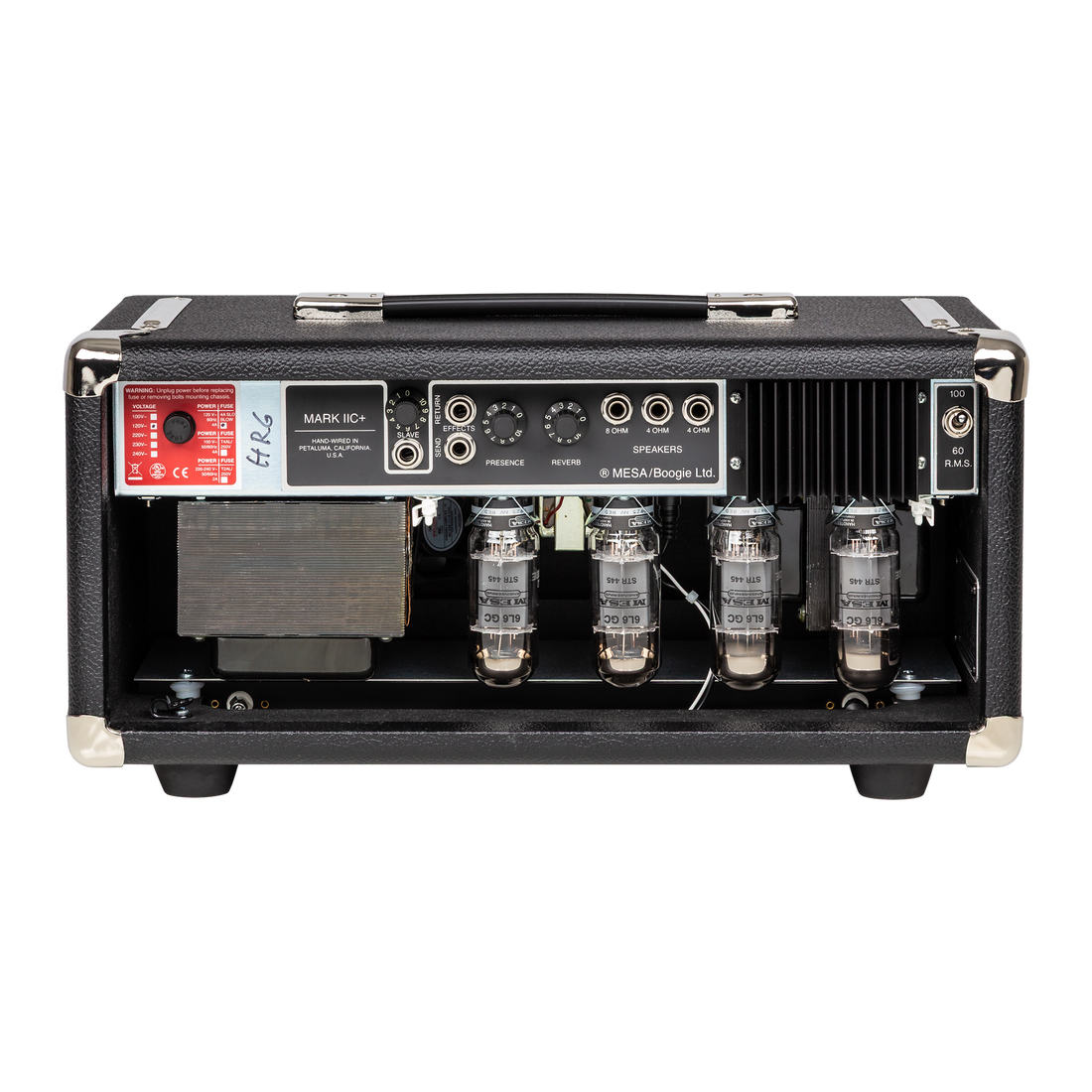
Each of these models has its place in many musical contexts, and in fact, there are a surprising number of guitarists who own both models for their differences and musically applicable traits, such as John Petrucci of Dream Theater, a longtime IIC+ devotee, among his other MESAs. For now, though, let’s look at where the new HRG IIC+ could perhaps be most effective in your musical landscape.
As mentioned earlier, if you spend much of your performance time in the clean domain or the classic 70s rock multiverse and need maximum headroom and articulation, the HRG really can’t be beat. It possesses the horsepower to remain clean, even at the loudest volumes, and handles—and delivers—the highest dynamic content from your picking hand, no matter the gain range. Additionally, the slightly lower top-end accentuation feels like added definition in the time domain, which helps you stay in lockstep with the groove, regardless of style.
Likewise, if you are a player who leans towards heavy styles most of the time and you need the low end to be super-fast tracking and tight even at high gain levels in the preamp, the HRG is a great choice. The slightly lower frequency top end shape also adds cut and definition to the attack in your walls of overdrive, and the added power the HRG possesses helps it rebound quickly—especially in the low end—for each subsequent attack on the strings.
When it comes to single-note soloing, the HRG’s more dynamic voice helps the notes pop out and accentuate phrases in an exciting and expressive way, emotionally and rhythmically. It can feel a bit stiffer in the hands at times compared to the Simul-Class IIC+, but the juice is worth the squeeze if you need punctuation and maximum responsiveness when stepping out front.
History, and especially rock history, has been kind to this pair of radicals. Like the IIB model before it, the IIC+ enjoyed high praise and tape time with some of the most notable players of all time, each finding their own voice and musical identity. Regardless of which IIC+ you choose, the smooth, vocal, and dimensional Simul-Class, or the big power, max headroom, and dynamic bandwidth of the classic HRG, the blend of immediacy, sensitivity, and smooth sustain the C+ preamp serves up on demand will support your decision in the most inspiring and satisfying of ways for years to come.
Find out more about the new MESA/Boogie Mark IIC+ HRG guitar amplifier and shop now.
